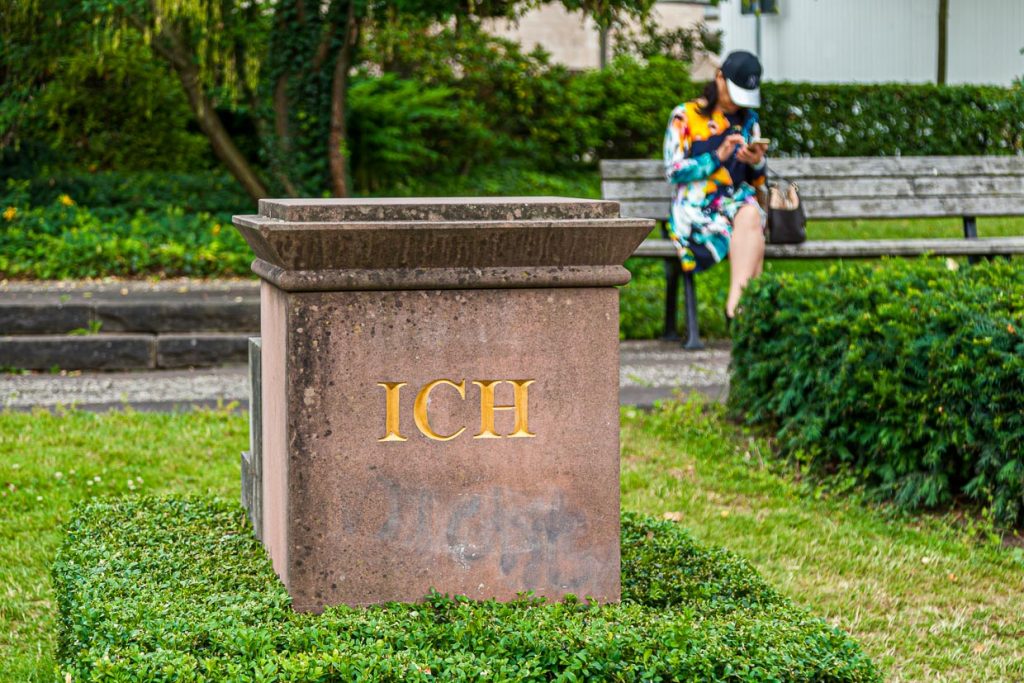A foray into International Monument Day on April 18, when the spotlight is on monuments around the world.
We encounter them particularly often in cities. They are an expression of their time. Memorials to history. Glorification carved in stone or expression of a hard-won culture of remembrance. Some have been elevated over time to the status of works of art, others started out as works of art and went from being thought-provoking to becoming monuments. Still others were created by nature and are revered by man as monuments. What all monuments in this world have in common is their contribution to education. Without them, we would all return from a trip a little less educated. So there are plenty of reasons to put together a small selection on the occasion of International Monument Day, which is celebrated every year on April 18.
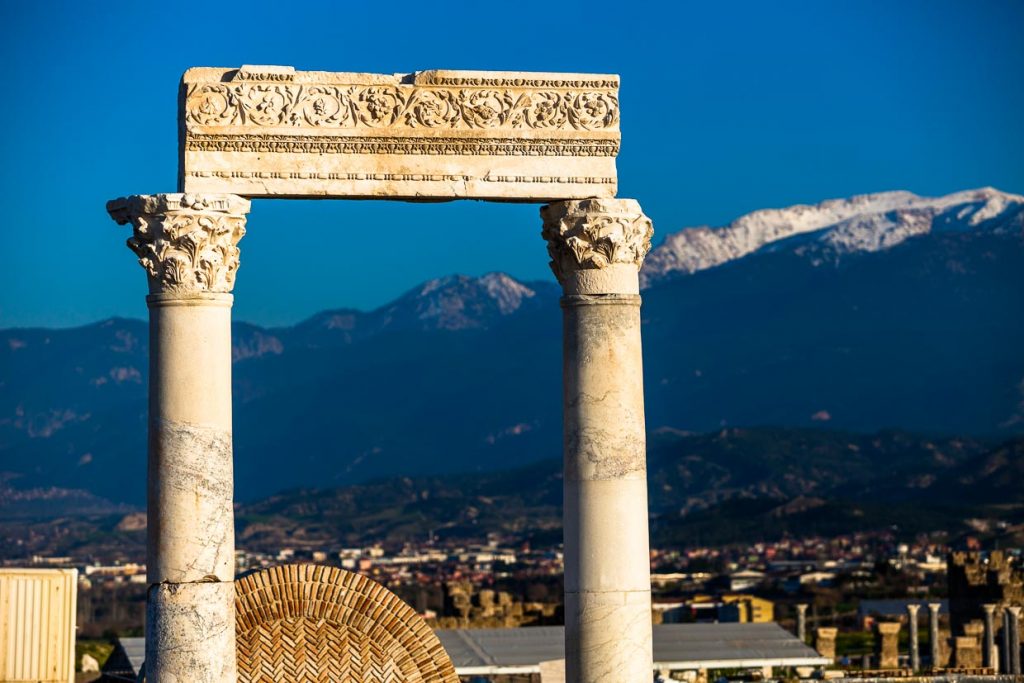
Spacious monument
Eisenhüttenstadt is one of the largest area monuments in Germany. On a tour, one encounters magnificent architecture in the neoclassical style of Berlin’s Stalinallee, as well as plenty of art in space and extensive green spaces. Admittedly the name doesn’t sound very appealing, but architecture buffs, history buffs, and yes, nature buffs, art buffs, and utopians should definitely feel attracted. Eisenhüttenstadt is the first fully planned city foundation of the GDR. The city was conceived in the early 1950s for 30,000 inhabitants and in its early years bore the name Stalinstadt. A tour of Eisenhüttenstadt is also a time travel through the various architectural styles that unfolded between 1950 and 1970. From the splendor of neoclassicism in the first housing complex to deliberate recourse to the Heimatstil of the 1930s to the architecture of late International Modernism as it was implemented worldwide in the 1960s. The visual axes of the planned city often end at particularly representative buildings that served the life and well-being of the people. Foremost among these are the hospital or schools such as the Erich Weinart Elementary School, which is huge by today’s standards.
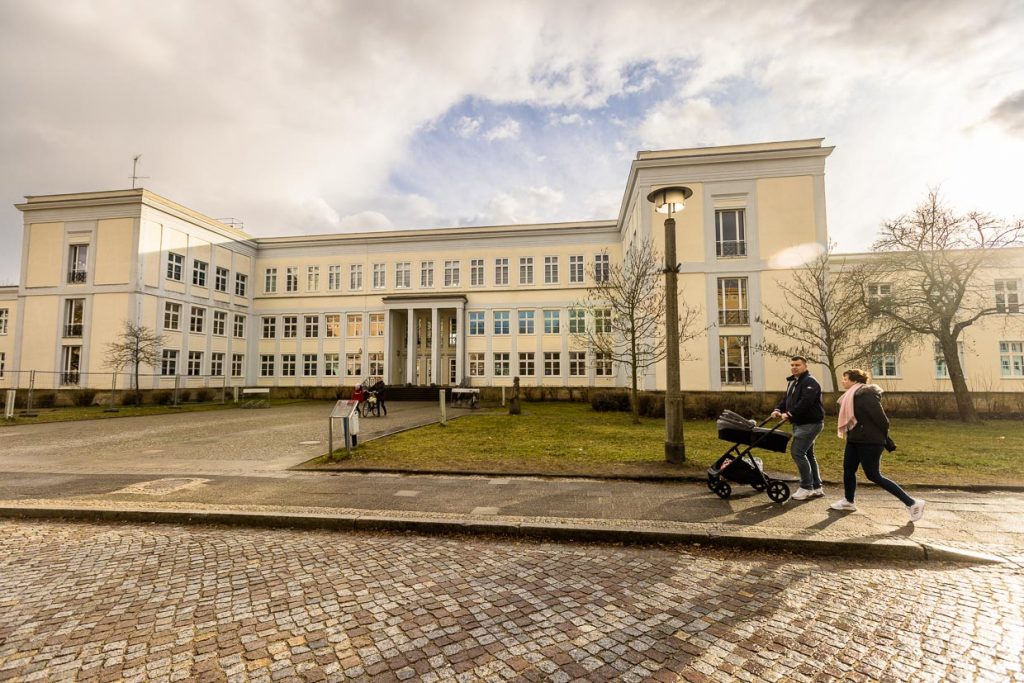
Art and monument in Kassel
Kassel is peppered with works of art that have become monuments. Every five years, as part of the documenta, the city becomes a big stage for contemporary art and also works with the existing monuments. They are shrouded, emit smoke signals or are given a temple at their side. All this happened at documenta 2017. We did not report on documenta fifteen 2022. The Lumbung concept communicated in advance, alluding to the communal character of an Indonesian rice barn, sounded promising. In the end, there was a lot of discussion about anti-Semitism, and rightly so. But art came up short. No monument was erected to it in Kassel 2022.
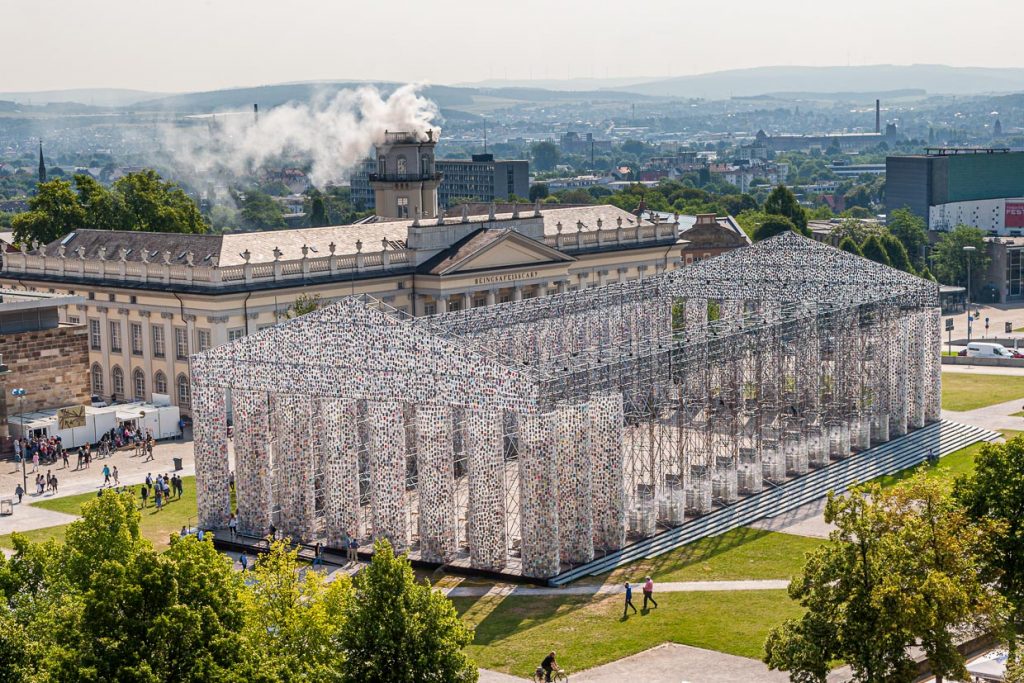
High density of monuments in the city
In cities, we often walk past many monuments. Their density is simply too high. If you wanted to understand them all and explore their backgrounds, you wouldn’t get anywhere in many cities. Bamberg is such a case. Beautiful area monument, rich world cultural heritage, beautiful old town, tempting inns and restaurants. Now this is not to say that you should avoid a city with a lot of history potential, you just have to make a choice. In Bamberg, instead of baroque, we focused on beer. In the city center alone there are 13 breweries and 50 different types of beer. In Bamberg, the World Heritage Site includes not only the Old Town, but also the Garden City. Bamberg families have been cultivating historic farmland in the middle of the city for centuries. A very special monument.
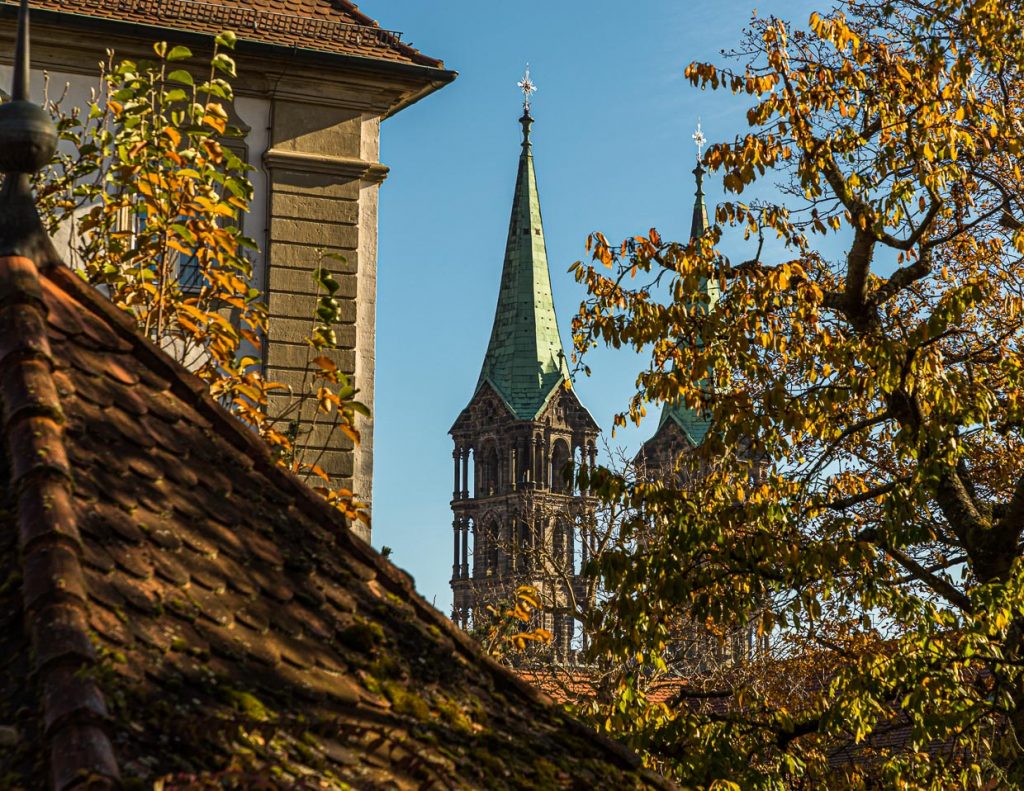
Monument in the country – mystical places
In the countryside, the perception of monuments is different. If a monument lies on a hill, stands on a cliff, at the end of a lake or in the middle of a sheep pasture, the opposite often happens. One is literally drawn to these remnants of the past. Here are examples from the often mystical countries of Scotland and Ireland.
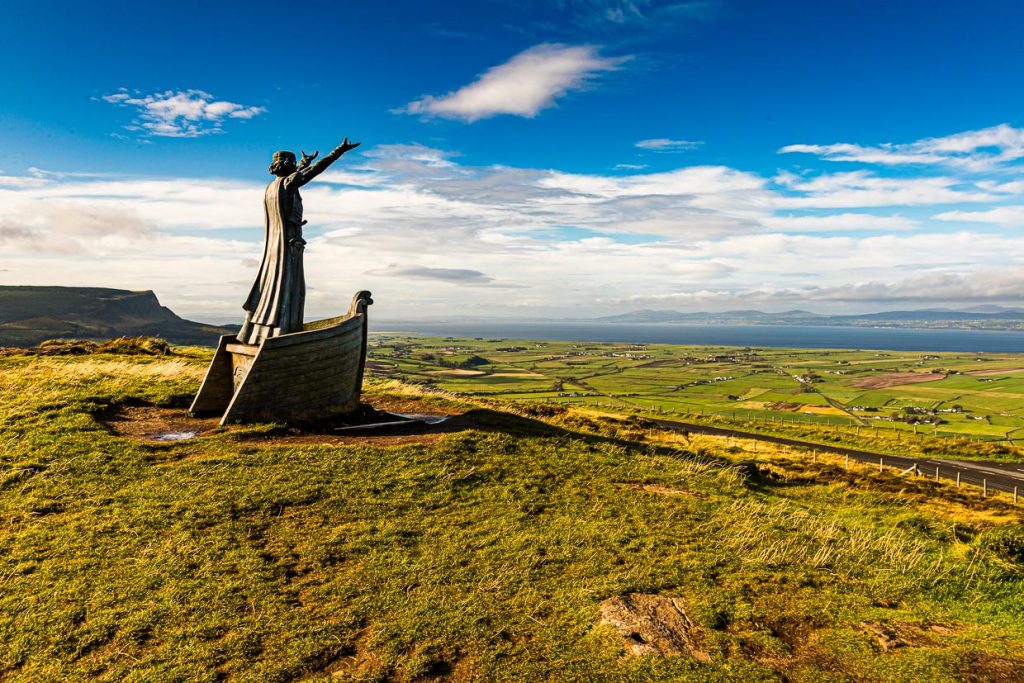
Natural monuments
Then there are the monuments that nature has created. Some of them reach the status of a deity. For example, Mount Fuji in Japan. In fact, the city of Fujinomiya is home to the Mount Fuji World Heritage Centre. The city is located at the foot of Mount Fuji in Shizuoka Prefecture. Fujinomiya is the city closest to the Bright Mountain of Japan. Only in a short window of time in the summer months is it possible to climb the 3,776 meter high and sacred mountain of Japan. in all other months a visit to the museum remains.
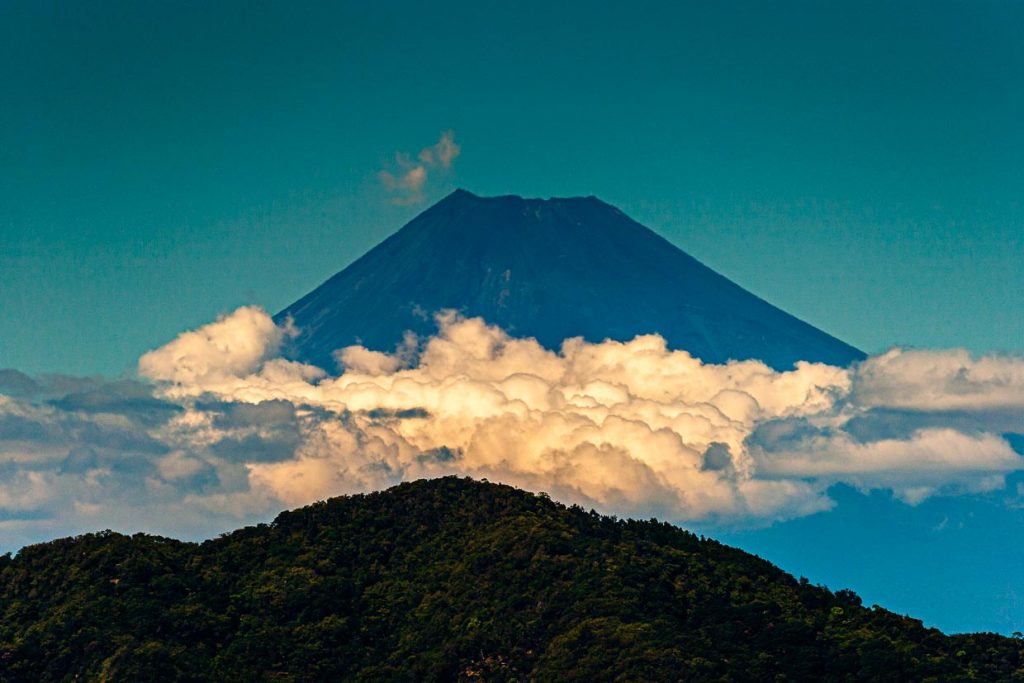
The rock fortress of Sigiriya in Sri Lanka is a UNESCO World Heritage Site. If you interpret the historical graffiti lying on the megaliths at the ascent correctly, it is probably one of the world’s oldest tourist attractions. After a steep and quite arduous climb, one is rewarded with a breathtaking view down from the rock fortress over the rice fields to a mountain range
Everyone is a monument or the satirical ME
Last but not least, let’s take another look at Kassel. The pedestal made of red sandstone, on which ICH is written in capitals, was made by the Kassel stone sculptor Siegfried Böttcher according to the plans of the satirist Hans Traxler. The ICH monument is an invitation to each and everyone to rise up and feel unique. Unfortunately, there are more and more people who always carry such a pedestal in their heads and do not have the slightest doubt about their uniqueness. The selfie queen in the background of the photo seems to belong to this not so rare species anymore.
